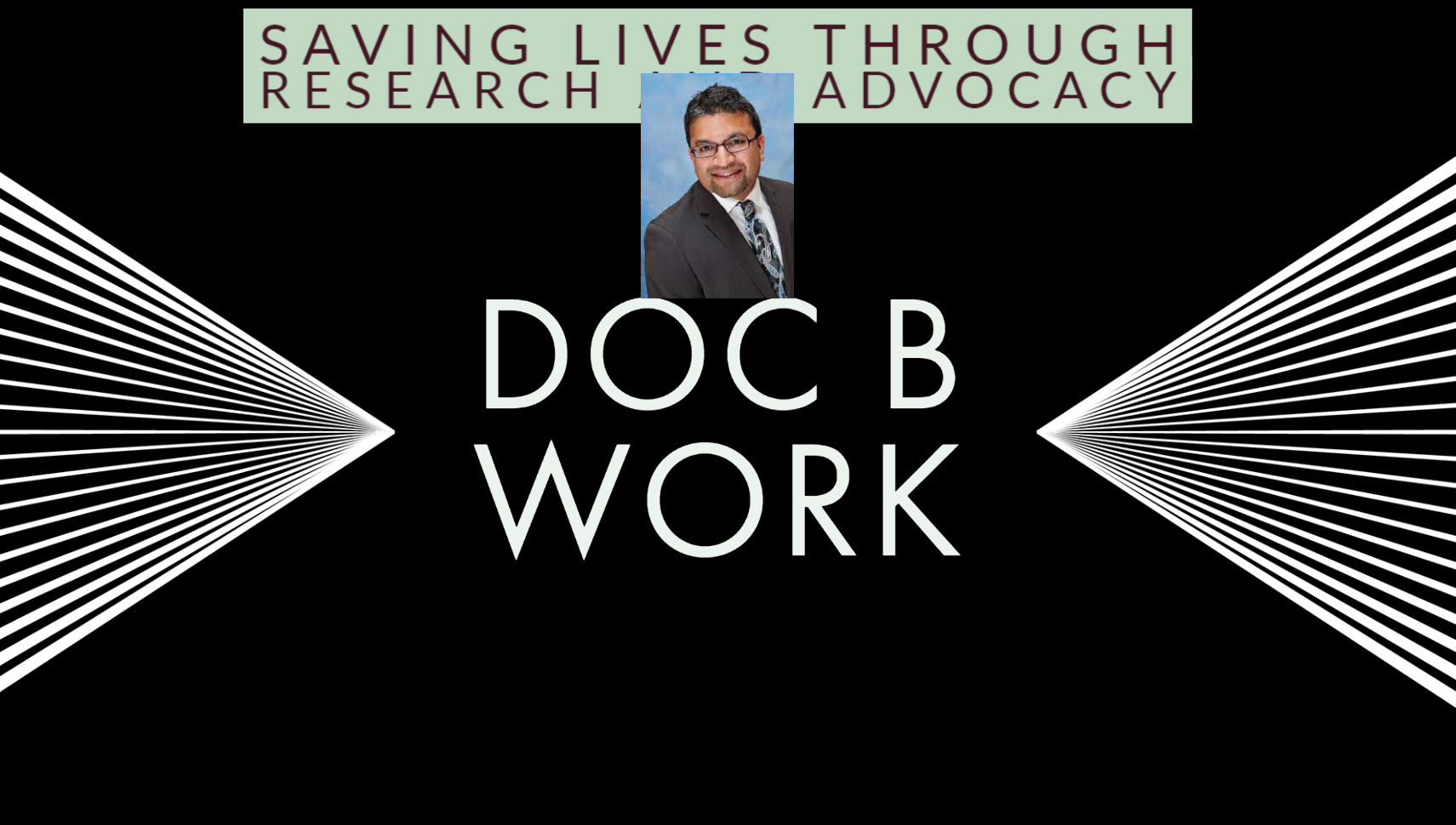The Health Belief Model is a time-tested framework which can be used to understand how threat "motivates" people to action. More specifically, social scientists at the U.S. Public Health Service created this model in order to understand the failure of people to adopt disease prevention strategies or screening tests. For instance, one of my first screening original research studies was about Colon Cancer screening rates in Pennsylvania. More recently this model has also been used in COVID-19 research and how to urge people to increase vaccination rates, improve screening, and improve masking within the community. In this video, I take a critical approach to better understand this model. I also include some basic additional tenets can enhance the model. I have also included references as it pertains to the application of HBM.
Godfrey Hochbaum, Stephen Kegels, Howard Leventhal, and Irwin Rosenstock from the US Public Health Service were attempting to develop models to explain why individuals fail to engage in preventive health measures. Early studies by Hochbaum concerned why people seek diagnostic x-rays for tuberculosis. In 1956, Hochbaum published a paper on the behavior of diagnostic x-rays for tuberculosis. In this seminal paper, Hochbaum defined and explained the basic tenets of perceived threat and other major components. Marshall Becker updated the model since then.
References:
Hochbaum, G. M. (1956). Why people seek diagnostic x-rays. Public Health Reports, 71(4), 377.
Shmueli, L. (2021). Predicting intention to receive COVID-19 vaccine among the general population using the health belief model and the theory of planned behavior model. BMC Public Health, 21(1), 1-13.
